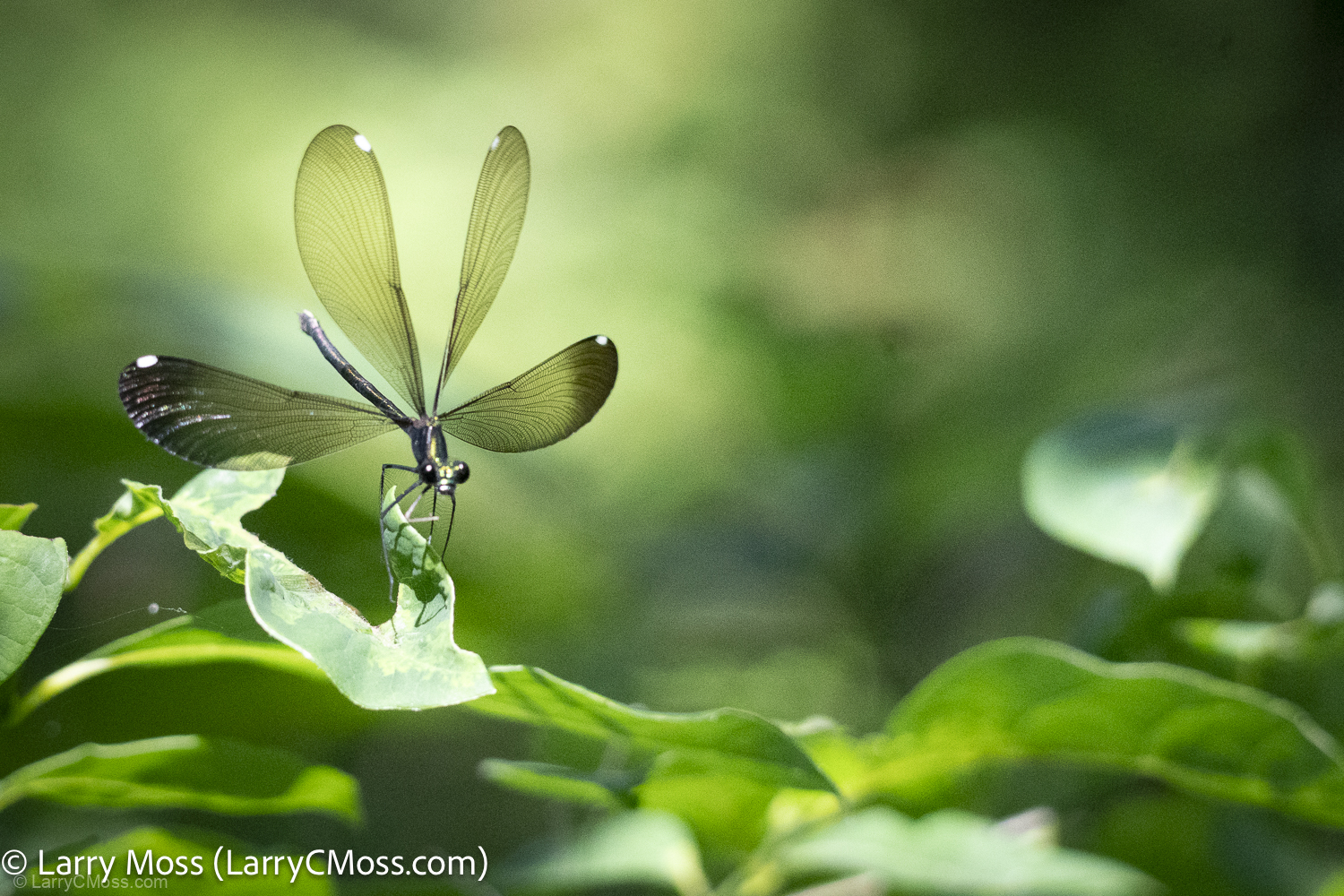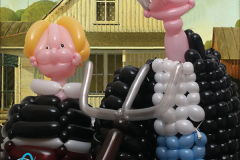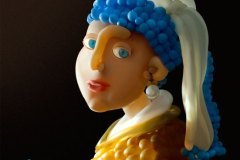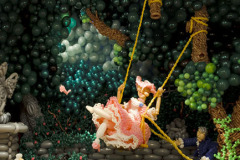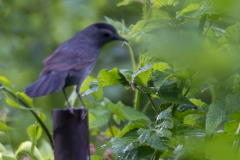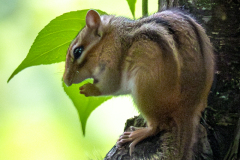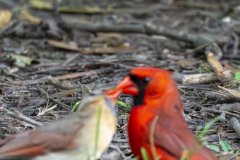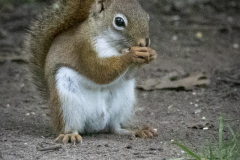I didn’t set out to become a photographer. I just wanted my balloon sculptures to be photographed the right way—which, at one time, meant “the way I saw them in my head.”
Back during the first Balloon Manor (a 10,000 square foot haunted house made of balloons. More on this coming soon to a blog near you), I met Pat St. Claire, a talented photographer. He had an incredible eye and a knack for making our entire crew’s work look amazing. But like most humans, Pat couldn’t read my mind. While his photos were great, they weren’t always the photos I imagined. I wanted more control over how the final image would look, especially since I’d fallen in love with the idea of combining sculpture and photography into something greater than either on their own.
I did what any artist with an interest in a new tool would do: I grabbed a cheap point-and-shoot camera and started taking reference shots. Not great ones—just enough to show Pat the angle, the lighting, the feeling I was after. Eventually, Pat (with the patience of a saint) gently suggested, “You know, maybe you should get your own camera.” He even recommended a good starter DSLR–a Canon Rebel XSi. That was the start of me photographing my own work. I practiced. I learned. I got better. I got the shots I wanted. (And I still called Pat when the job called for it.)
Over time, I stopped thinking of photography as just documentation. It became part of the art. When Kelly joined Airigami as our lead designer, she started pushing us to go further. She saw our balloon work not just as sculpture, but as illustration. Suddenly, we were designing pieces for the camera. These were works that didn’t look right in person, but sprang to life through the lens.
We recreated famous paintings with balloons (starting with “Airmerican Gothic”) and turned them into our Masterworks series. That work landed us gigs with Fuji Television in Japan and Ogilvy & Mather for a Vodafone ad campaign. Eventually, we illustrated two entire children’s books with balloon photos. And with some lessons and advice from our friend Jim Parkyn, we even tackled a few stop-motion web commercials.
At that point, I was confident in what I could do with a camera. For years, I just kept shooting balloons.
But lately, things have shifted. I spend more time behind a desk and less time surrounded by people, so I started using the camera for something else: connection.
I began photographing the artists I work with. Portraits that, hopefully, capture not just what they look like, but who they are. These portrait sessions became a chance to slow down and talk. When they opened up, the best photos weren’t about poses or lighting—they were about that moment of realness that showed up when the camera became secondary.
Enter Ori Livney. Ori is both a balloon artist and a fantastic photographer. He’s picked up where Pat left off, gently pointing out what I’ve missed and encouraging me to dig deeper. He’s a great reminder that there’s always more to learn, and more to see.
So I’m still growing. Lately, I’ve been heading out into nature on the weekends with my camera. Like with portraits of friends, nature photography has been about slowing down and observing. About waiting for the shot. The photos below may not be award winners (though a few are damn good). But they’re mine. They’re fun. And they’re not just documenting the world. They’re documenting my journey as a photographer.
